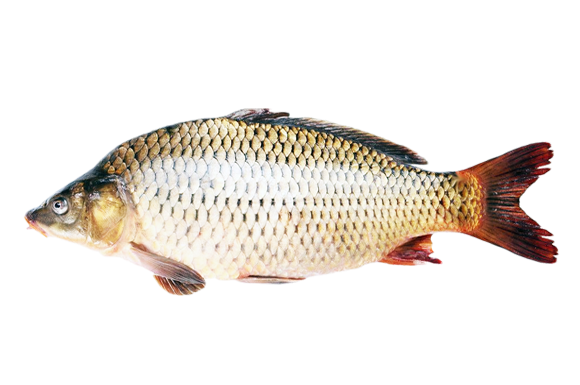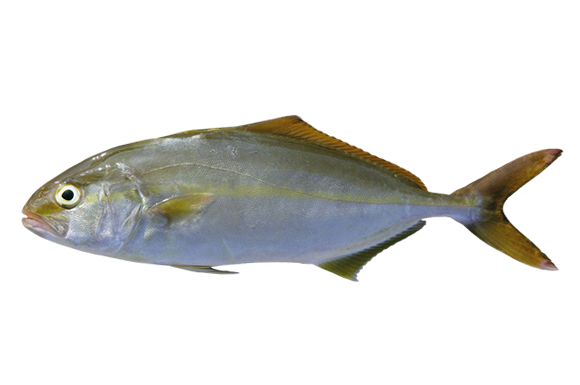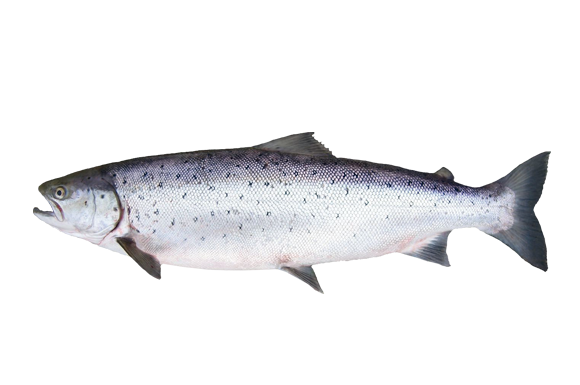If in the past aquaculture has represented an alternative practice to fishing, modern aquaculture is rather a real production need.
Aquaculture is the "cultivation" of water which means the breeding, rearing, and harvesting of fish, shellfish and algae in all types of water environments. It can be made in salt, brackish, sweet water, anywhere in the world.
Based on human intervention in the stages of production and breeding, aquaculture is divided into: intensive, extensive and semi-intensive.
Intensive aquaculture is a method in which fish species, farmed on dry land or in sea cages, do not feed naturally, but are fed directly by humans.
Extensive aquaculture is a method in which the species farmed within lagoons, coastal ponds or lakes, are feed in a totally autonomous and natural way with resources supplied by the environment.
Semi-intensive aquaculture is an intermediate position between the total exclusion of human intervention, which characterises the extensive form of farming, and subsequent evolution towards the intensive form.
Aquaculture can also be defined based on on the species being bred. From this point of view, we distinguish the following production areas: fish farming or pisciculture, crustacean farming and mollusc farming. Mollusc farming is, in turn, divided into clam farming, muscle farming and oyster farming.









































